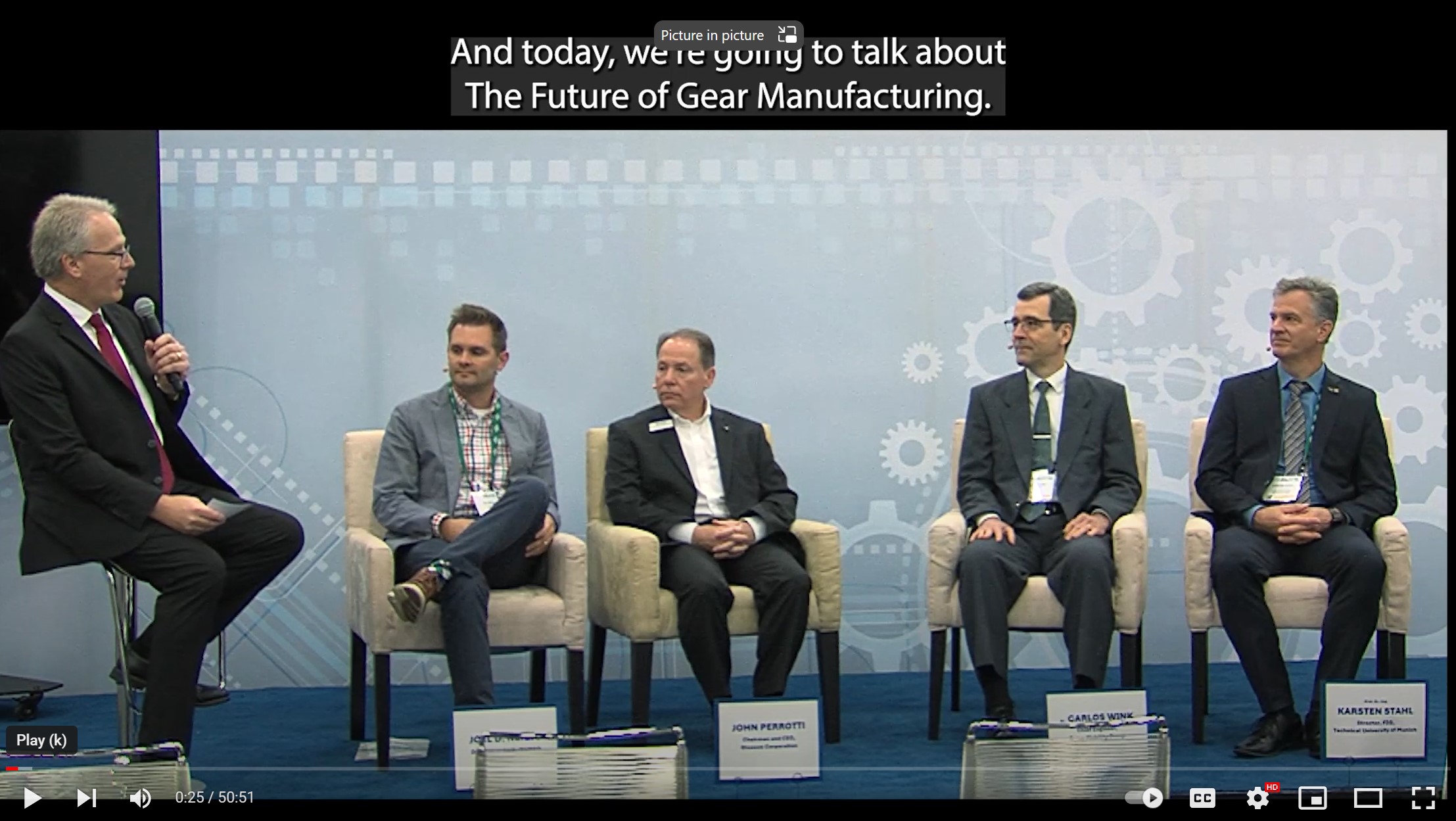Ladies First
Kate Gleason’s life was one full of firsts
With our zeitgeist of presentism—the judging of the past through the lens of current standards—it’s refreshing if not essential to know the past was not entirely without figures who not only exceeded the standards of their time but even those of today. At a time when women’s suffrage was in its nascency, Catherine “Kate” Anselm Gleason (1865–1933) helped stage what would become the Gleason Corporation in the global cutting tools industry as a sales engineer for her family’s gear-cutting machinery business.
William Gleason—who emigrated from Ireland and opened a machine shop where he produced metalworking tools and machines, such as engine lathes and planers—began The Gleason Works in Rochester, N.Y., in 1865, and then by 1874, he had invented and patented the bevel gear planer, often misattributed to his daughter Kate whose deep technical understanding of the gear cutting equipment she sold may very well have led to the assumption she invented this machine that revolutionized the potential for the transmission of motive power.
In a letter to The New York Times dated May 18, 1910, she submits a witty and charming erratum to an article that had credited her with designing the bevel gear planer when “the nearest I have come to designing it is in having a father and a brother smart enough to do it. My place in the business is Secretary and Treasurer. You see, I have captured two jobs, but neither of them has anything at all to do with designing. About the most important training for the treasurer is not to take what does not belong to one, and it looks to me as though I would be falling down on my own job if I get credit for other people’s work.”
Kate’s life was one full of firsts. In addition to being the first female student admitted to Cornell University’s engineering program, she was the first to become a member of the Rochester Chamber of Commerce, the Rochester Engineering Society, the American Gear Manufacturers Association (AGMA), the German Engineering Association, and the American Society of Mechanical Engineers (ASME). And last, but not least, among her firsts is that The Kate Gleason College of Engineering at the Rochester Institute of Technology was the first engineering school named for a woman. In 2011, the ASME Foundation established the Kate Gleason Award, which recognizes the contributions of distinguished female leaders in the field of engineering.
James Gleason, the former Gleason CEO who passed in June, credited his great aunt with laying the groundwork for Gleason’s presence overseas. Today, the lion’s share of Gleason’s sales is made outside the U.S. In 1893, when automobiles were still out of reach for the average citizen and the American Industrial Revolution had not reached full steam, Kate Gleason's European trip marked one of the earliest attempts by an American manufacturer to establish overseas markets.
In a 1997 Gear Technology feature by Nancy Bartels titled “The First Lady of Gearing,” Dr. Hermann J. Stadtfeld, vice president, bevel gear technology and R&D at Gleason (who should be familiar to Gear Technology readers) said most of the straight bevel gear machines installed in Europe can be traced to Kate’s sales activities at the turn of the 20th century. Stadtfeld said, “When we sell a straight bevel gear machine to one of those countries to replace an old straight bevel planer, I always think of Kate’s legacy.”






